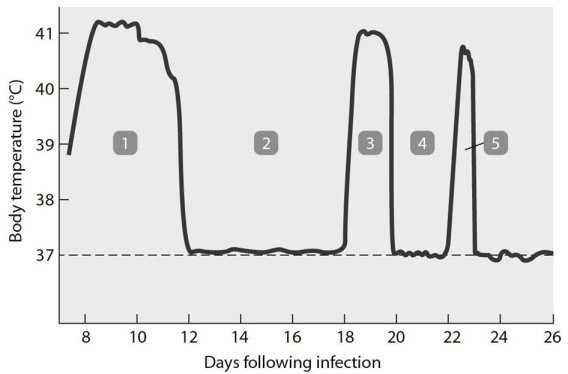Imagine that a Toll-like receptor (TLR) gene has duplicated and mutated, creating a leucine-rich region binding pocket that can now bind to the hemagglutinin protein in the envelope of influenza virus. What do you predict will happen to this novel gene?
A. It will be selected for and over evolutionary time will become an even better receptor for HA protein.
B. It will continue to mutate, perhaps changing to bind other proteins or becoming deleted.
C. It will spread from species to species.
D. It will undergo VDJ rearrangement.
Answer: B
You might also like to view...
Assuming there is sufficient light to drive photosynthesis, the rate of transpiration should ___________ on a rainy day compared to a sunny day because _____________
A. decline; the H2O concentration gradient from the inside to the outside of the leaf would decrease B. decline; the H2O concentration gradient from the inside to the outside of the leaf would increase C. remain the same; the H2O concentration gradient from the inside to the outside of the leaf would not change D. increase; the H2O concentration gradient from the inside to the outside of the leaf would decrease E. increase; the H2O concentration gradient from the inside to the outside of the leaf would increase
The only fungi to produce cells with flagella are:
A. chytrids B. choanflagellates C. yeasts D. conidia E. bread molds
Suppose a neuron was at rest around -65 mV when it was exposed to a neurotransmitter that caused the neuron to hyperpolarize. Which of the following could be the effect of the neurotransmitter?
What will be an ideal response?
 The pattern of fever shown in Figure 21.1 is most commonly seen with
The pattern of fever shown in Figure 21.1 is most commonly seen with
A. yaws. B. Lyme disease. C. lymphogranuloma venereum. D. syphilis. E. relapsing fever.